
Graduate Diploma Textile Design, Chelsea College of Arts, UAL | Photograph: Claire Anderson
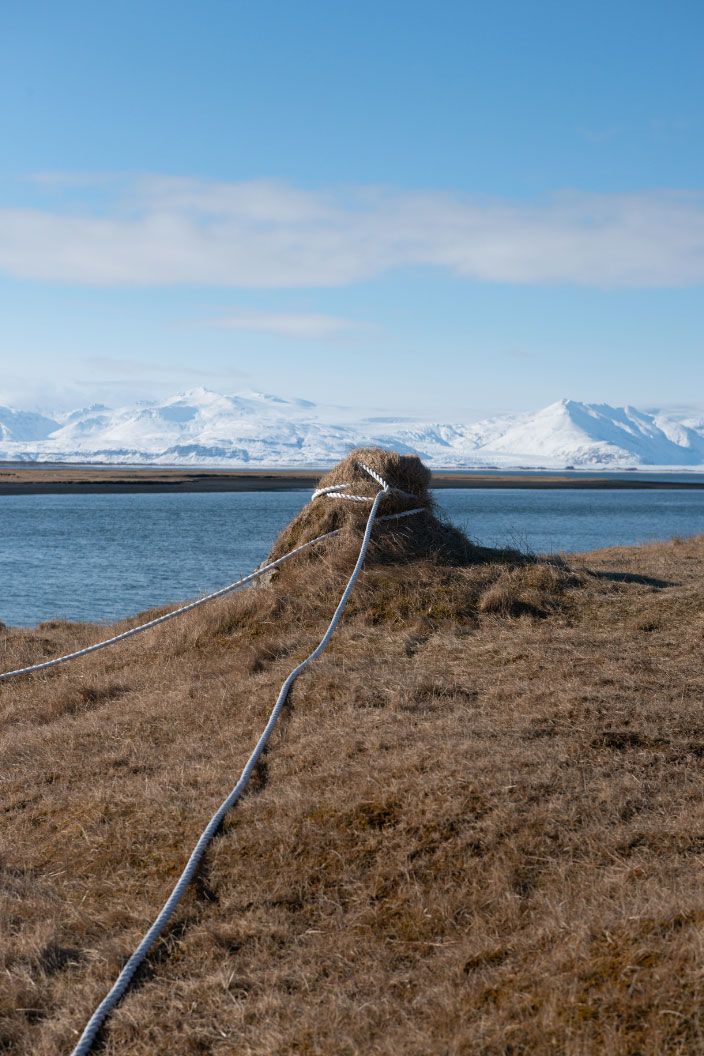

In March 2020, Claire Anderson, course leader for Graduate Diploma Textile Design, travelled to Iceland to work with product designer Hanna Dís Whitehead in collaboration with The Cultural Center of Hornafjörður.
Funded by the Camberwell, Chelsea and Wimbledon Research Staff Fund, Claire’s trip focused on researching local resources and their making potential for public engagement, using contributions from Icelandic companies of pre-consumer waste materials as well as natural elements from sourced from the surrounding area.
Though some aspects of the project, such as workshops for young people and a public exhibition, have had to be postponed due to the pandemic, this trip allowed Claire and Hanna to develop an initial body of work that took inspiration from material traditions within the area of Hornafjörður.
We spoke to Claire about the project, her own practice and her long-term collaboration with designer Hanna.

"I see on your web page a nice photo with futuristic things, I like the future!"
[Hanna Dís Whitehead in reply to Claire Anderson, January 2014].
In 2014 I began working on an international collaboration with the Icelandic product and space designer Hanna Dís Whitehead. Through the exchange and sharing of knowledge and ideas toward purposeful combinations of traditional textile heritages with the contemporary and with the future, our collaboration is rooted in a desire for improved sustainability.
The Hornafjörður (Hofn) region has been the most isolated area of Iceland due to glacial rivers and impassable glacial tongues. Disruptively, however, our collective carbon footprint now allows for greater accessibility. By taking inspiration from material and craft traditions within the area of Hornafjörður, we had aimed to highlight the unseen potential within its natural ecologies.
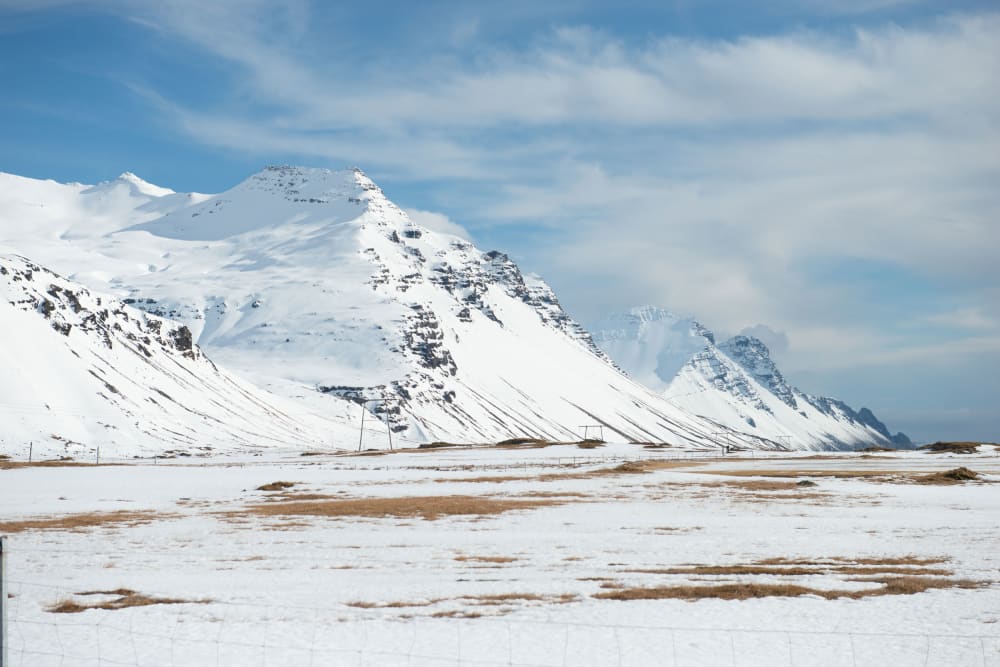
At the end of 2013 I was living in Glasgow during the lead up to the Scottish Independence Referendum where there were a lot of people feeling increasingly disenfranchised with the Westminster government and were looking to the Nordic countries and Iceland as alternative models.
I had an idea for a while to develop a project looking at shared craft traditions and heritages between Scotland and Iceland - the landscapes looked so similar from photos and films. I knew Hanna’s work from magazines and design blogs and I loved her graduating project from the Design Academy Eindhoven – it was very inspiring – so I asked her if she would be interested in working with me via email. The project idea was vague at the time and I had no idea if she would even reply but she did and we have been working together on and off since then.
Our initial project was inspired by broader socio-political discussions centred around the Scottish independence debate. The project explores the potential to create a common material identity drawing on the Nordic/Scottish regions’ shared cultural, historical and geographical roots.
Together we forecast the identity of a futuristic Nordic-Scottish tribe, inspired by its Viking heritage. The Nordic–Scottish tribe emphasises the designers shared influences, as well as DIY conceptual strategies that favour the spirit of immediacy, craftsmanship and sustainability. The project provokes audiences to reflect on their identities, suggesting visions of cultural fusion and evolution.
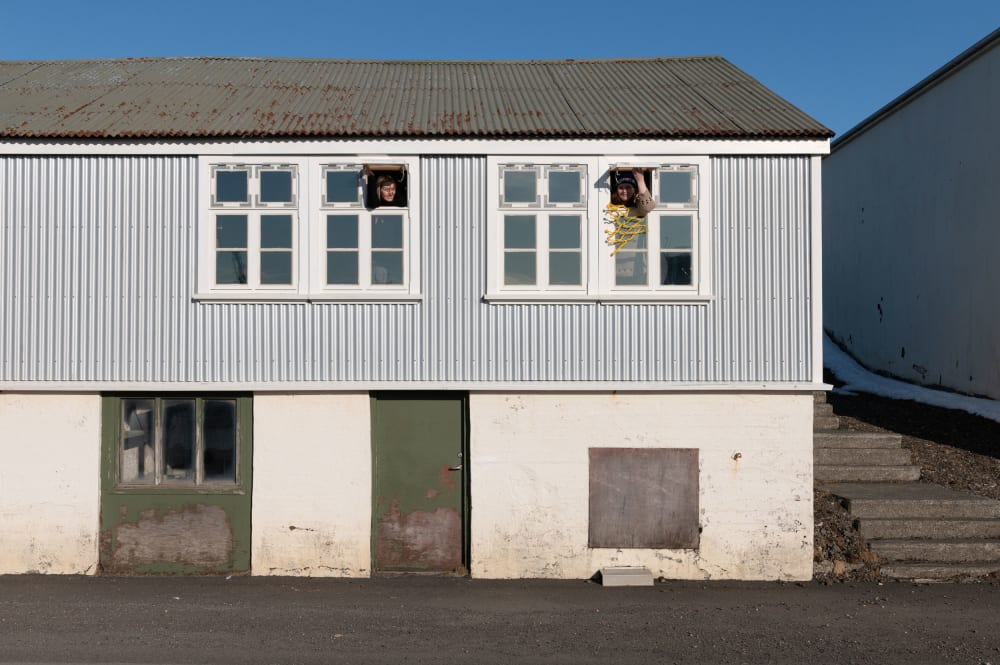
The project was also an investigation into collaborative practice between designers physically separated by geography - Hanna Dís Whitehead lived and worked in Reykjavík, Iceland at the start of our project while I was based in Glasgow, Scotland. We first met in September 2014 after the initial research and development phase had begun.
We developed the project together via skype and messenger and we met in person for the first time in September 2014 when I visited Iceland. To an extent, I think this project has prepared me for online teaching and thinking creatively about how to approach our current situation.
This year I have developed a collaborative exchange for my Graduate Diploma students with students studying on the Textile Minor at Design Academy Eindhoven (DAE). The students have participated in online peer group crits as well as a tutorial exchange with teaching staff on the course, whilst Caryn Simonson (Textle Design Programme Director at Camberwell, Chelsea and Wimbledon) and I led tutorials with the DAE students.
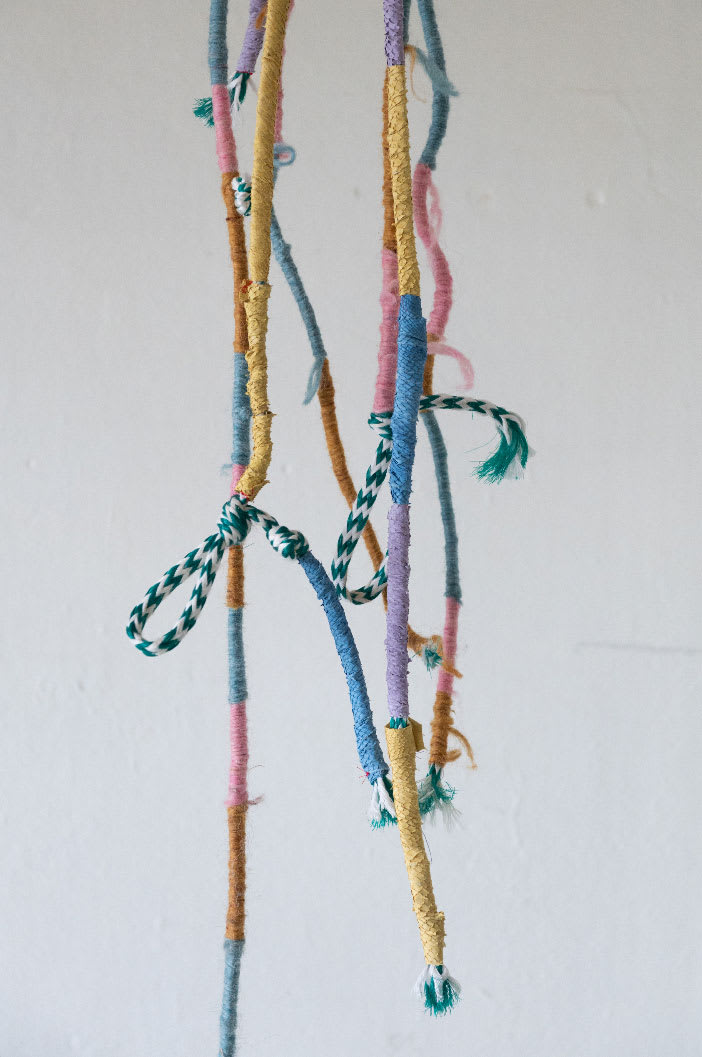
Responsible design thinking underpins the Graduate Diploma in Textile Design.
We began the first week of the new course in September 2019 with a visit to the recycling centre First Mile along with materials designer Seetal Solanki. This was to highlight to students the importance of thinking about the end use of the material at the beginning of the design process.
Hanna currently lives and works in the Hornafjörður region with her family and knows the area and its resources well. For example, it was brilliant being able to gather grasses from the town of Höfn take them back to the studio and work with these along with the other materials which we already had including the Icelandic wool offcuts from Ístex, the Icelandic wool company. Ístex has supported our project since 2015 and had supplied us with waste and offcuts of wool from their spinning factory.
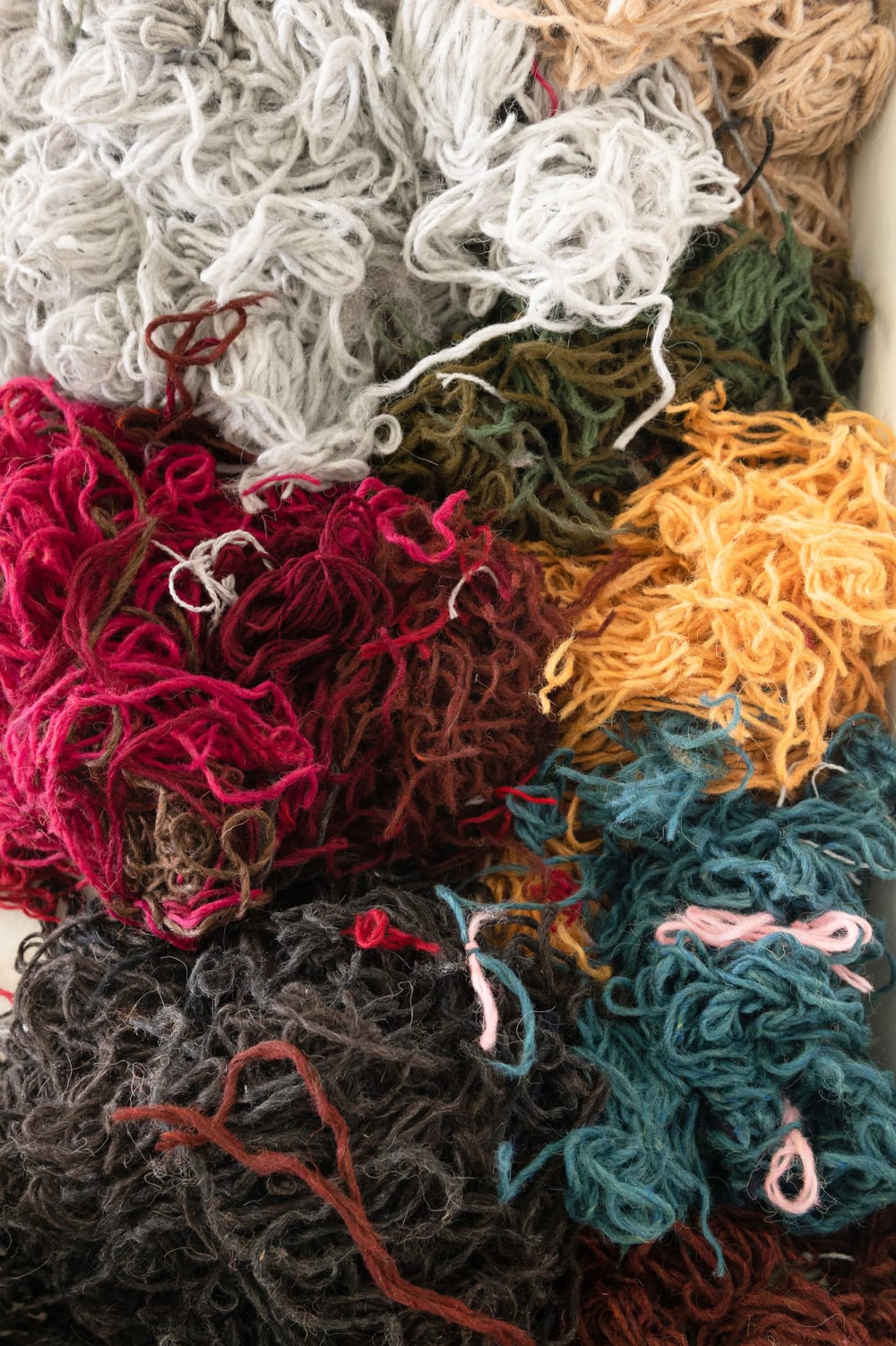
The offcuts were made up of a combination of handknitting yarn from Icelandic wool: Plötulopi, Álafosslopi, Bulkylopi, LéttlopI and Einband. Icelandic sheep are unique, and as such, so is their yarn. The breed has evolved in isolation as a result of being separated from other breeds for centuries. In addition, exposure to the sub-Arctic climate has produced wool with two distinctive fibers: the first, soft, insulating fibers found close to the body, called ‘þel’ and the second long, water-repellent fibers found on the surface called ‘tog’.
We responded directly to the materials, and deliberately eschewed the intended application of knit, through manipulation, deconstruction, knotting and stitch. We acknowledge the strong traditions of wool in Nordic and Scottish textile practice and have let the nature of the materials determine their application, while the project overall is informed strongly by our own processed and ad hoc strategies and improvisation.
The implications of this ad hoc approach to the portrayal of our cultural, historical and geographical roots is intentionally subversive. For instance, an abstract re-appropriation of materials outside traditional craft frameworks raises questions around sustainability. How can we optimise underused and undervalued resources?

My teaching encompasses a broad approach to textiles and processes underpinned by the connectivity of the imagination to traditional textile skills and their innovative application to a wide range of materials.
I have been working across collaborative and interdisciplinary textiles research projects where textiles have been the carrier of codes and values reflecting historical and current economic and social systems.
I therefore believe contemporary and traditional textile strategies are powerful tools for research and that postgraduate textile design students can develop critical material practices which combine a strong concern for tactility, material and colour, as well as a sensitivity that you don’t see in many other disciplines.
I am committed to the development of critical Textile knowledge and the contribution of new and innovative work to the field of textile design, with students helping to provide solutions to the complex challenges of the 21st century.
Telephone
+44 (0)20 7514 7751